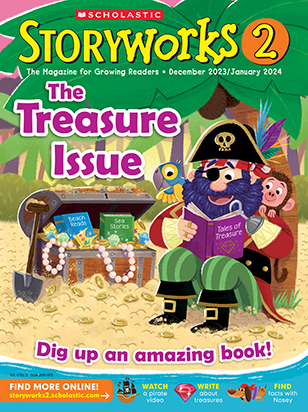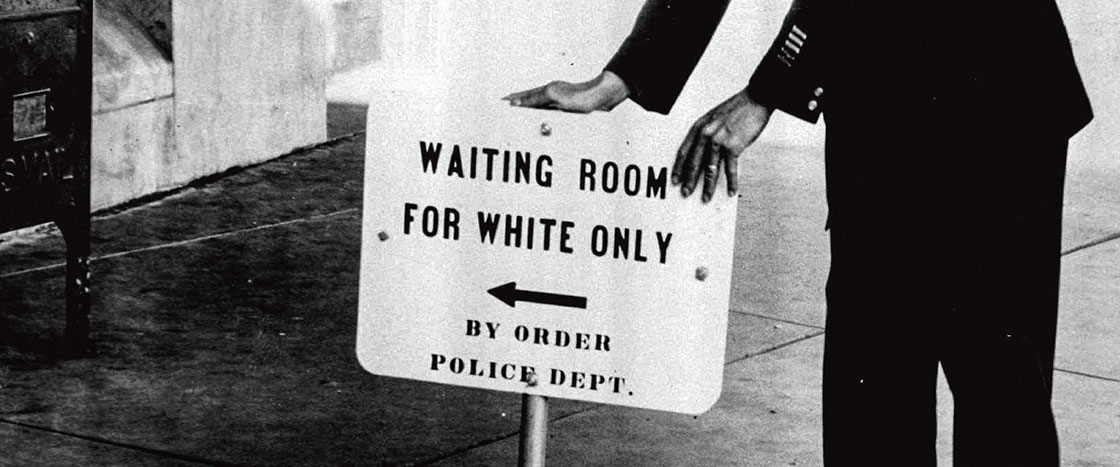Sixty years ago, our country was different than it is today. In many places, Black people and white people were kept separate by unfair laws.
Black kids and white kids could not go to the same schools. They could not use the same water fountains. Some restaurants did not let Black people eat there. This was called segregation.

